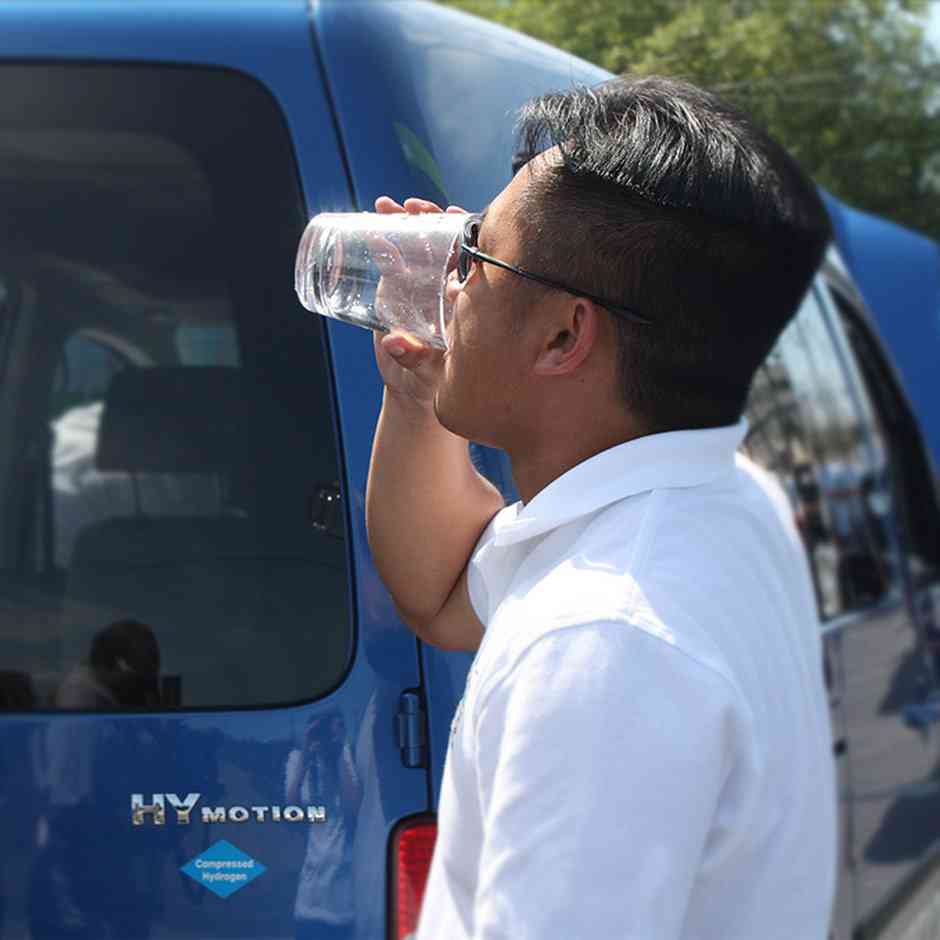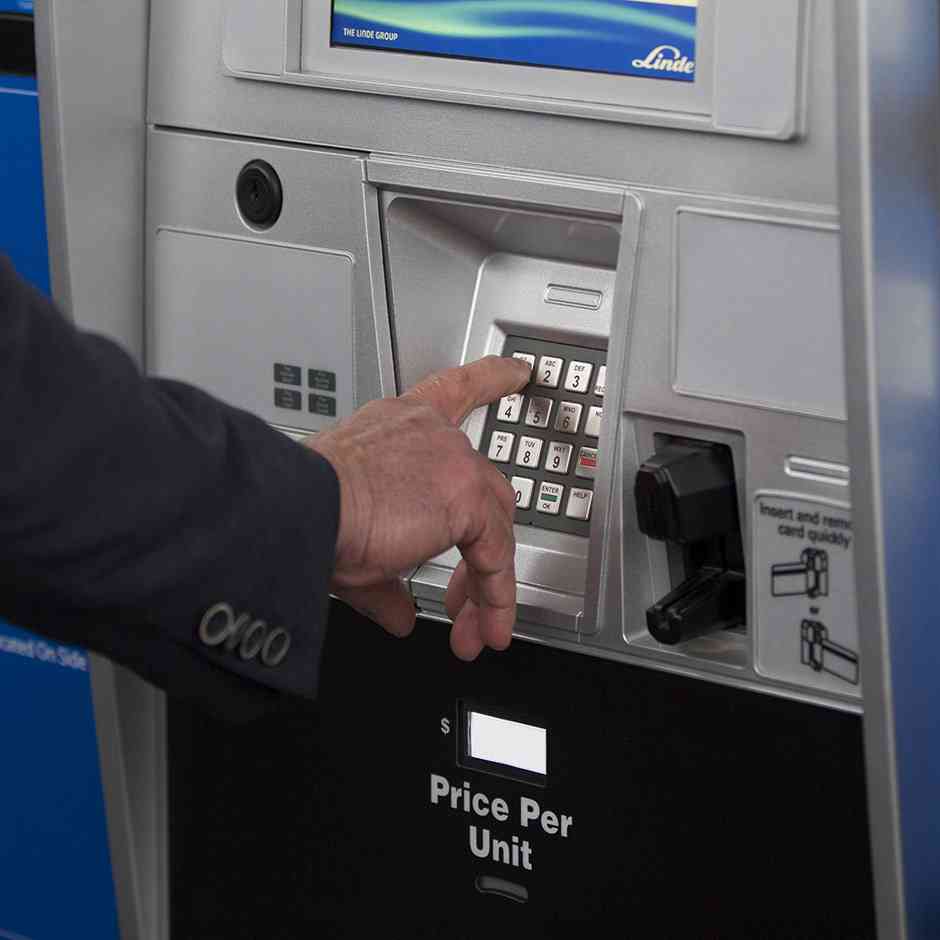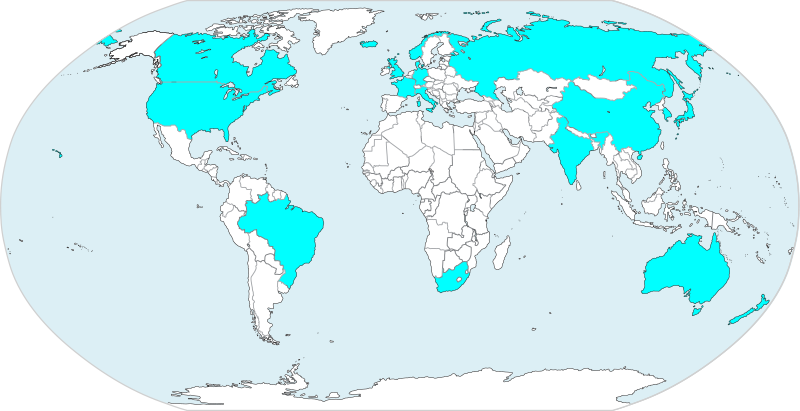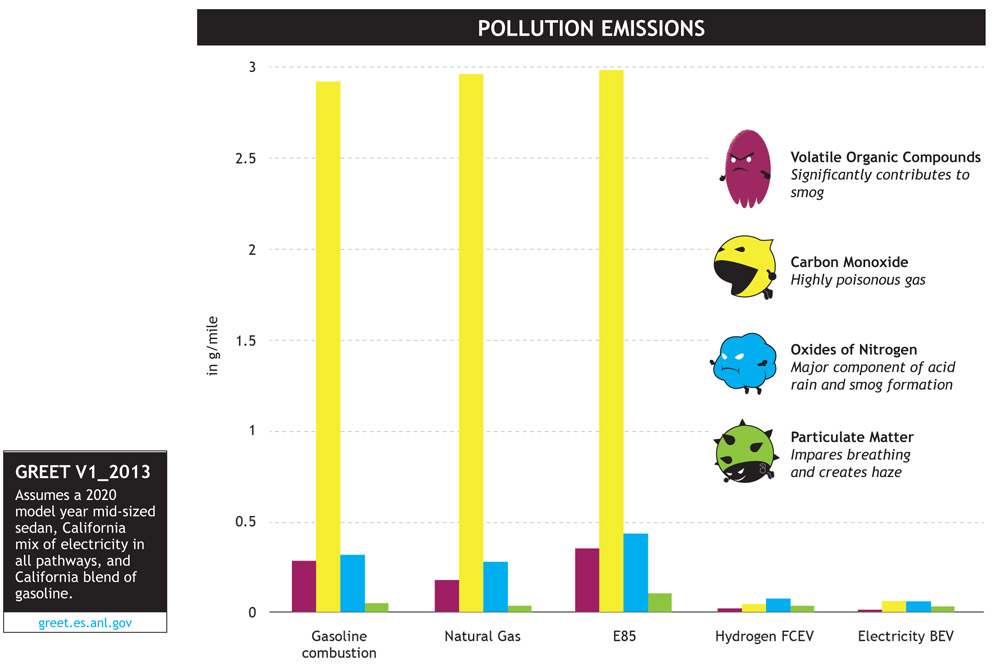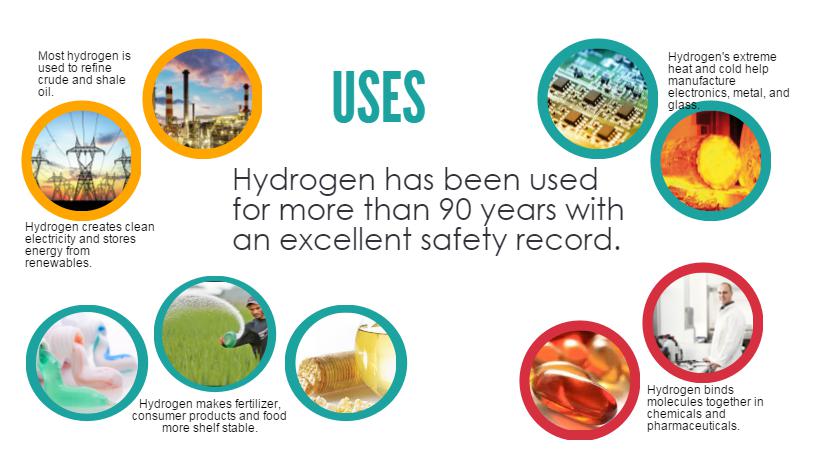The average price of hydrogen for a light-duty fuel cell electric vehicle (passenger car) in California is $16.51 per kilogram, according to the 2019 Joint Agency Report (p17). As more retail stations open and have higher utilization, the price per kilogram of hydrogen is projected to drop to ranges more competitive with the prices of gasoline. For example, in late 2019, the True Zero Oakland hydrogen station opened with three times the capacity of previous stations. It offers hydrogen at $13.11 per kilogram (tax included) due, in part, to the larger volume and other factors.
In addition, drivers of fuel cell electric cars are offered free fuel by automakers for three years, to bridge the time it takes the market to become more competitive with other fuel options.
Reports, studies, and white papers from the Hydrogen Council, NREL and Shell, among others, all point to reductions in the price of fuel and fueling infrastructure for various reasons (scaling up, standardization, etc.).
Hydrogen Council: Path to Hydrogen Competitiveness: A Cost Perspective
Shell: Hydrogen Refueling Station Cost Reduction Roadmap
Shell: Towards Competitive Refueling Infrastructure
NREL: Manufacturing competitiveness analysis for hydrogen refueling stations
BloombergNEF: Hydrogen Economy Outlook Key Messages
Please note: The information above pertains to hydrogen stations serving light-duty fuel cell electric vehicles (passenger cars) and, therefore, does not reflect the cost or price of hydrogen for buses, trucks or any other fuel cell electric vehicle category.


